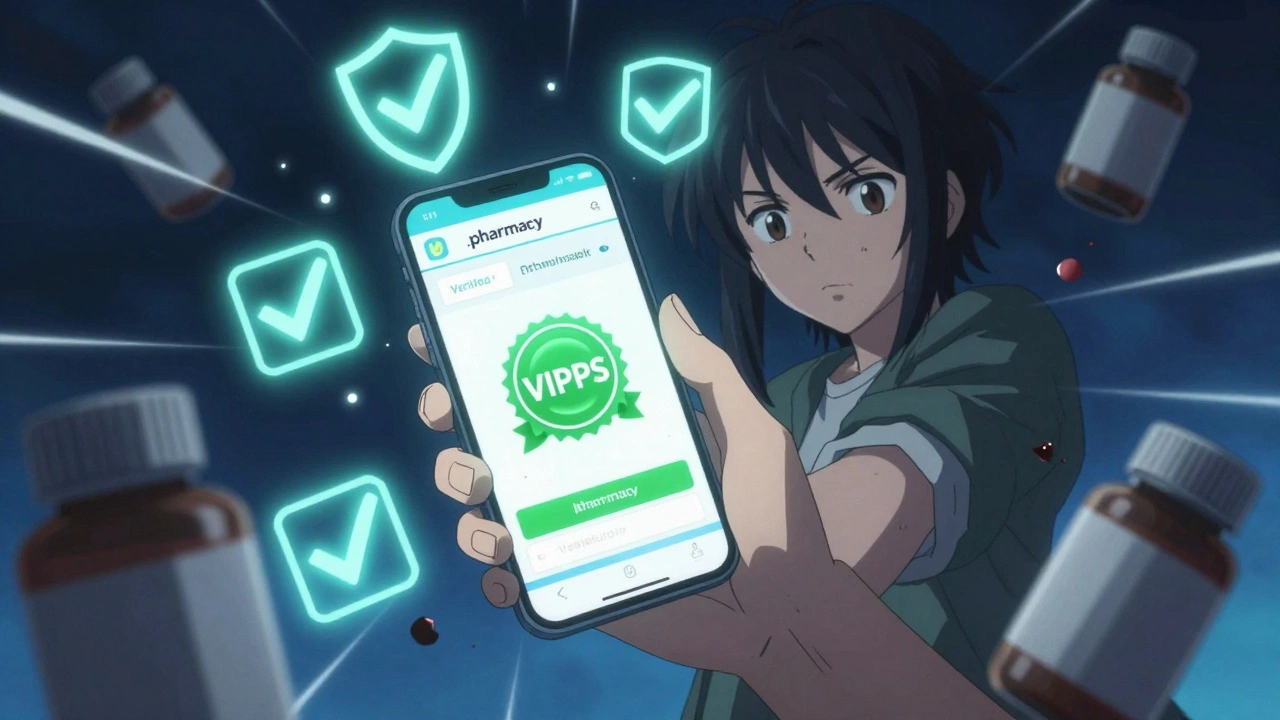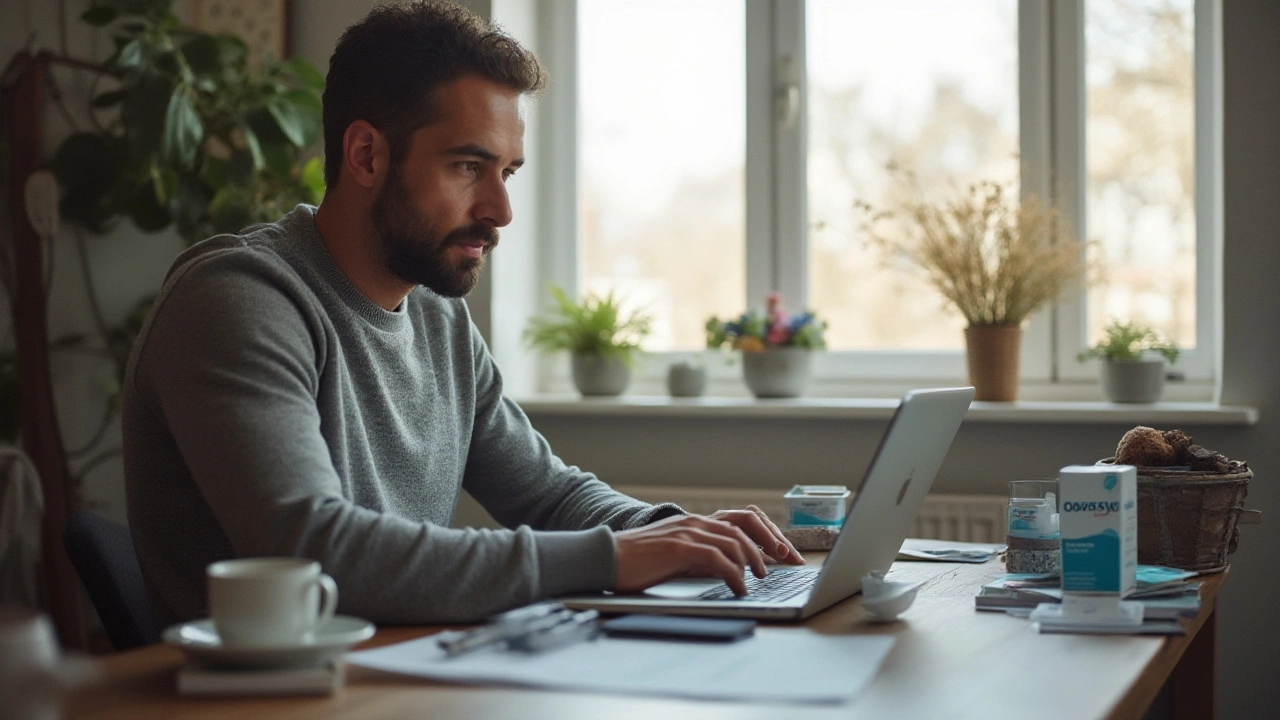Safe Online Pharmacy: How to Order Medicines Without Getting Burned
Thinking about ordering prescription meds or over‑the‑counter pills online? You’re not alone – more people are clicking ‘add to cart’ because it’s quick and often cheaper. But the internet is also full of fake sites that sell counterfeit drugs or steal your credit‑card info. Below is a no‑fluff guide that shows you exactly what to look for, what to avoid, and how to make sure your purchase lands safely at your door.
Key Red Flags to Watch Out For
First, scan the site for warning signs. If the price looks too good to be true, it probably is. Genuine pharmacies rarely discount a $250 heart medication to $20. Look for a clear, verifiable physical address and a working phone number – a real pharmacy will have a real customer‑service line you can call. Beware of sites that ask for a credit card before you even provide a prescription; legitimate pharmacies require a valid prescription first, then let you choose a payment method.
Another red flag is a missing pharmacist‑in‑charge name or license number. In most countries, online pharmacies must display the pharmacist’s name, license number, and the pharmacy’s registration number. If that information is hidden behind a pop‑up or not listed at all, walk away. Finally, check for a secure connection – the URL should start with “https://” and show a padlock icon. Anything else is a potential data‑theft risk.
Steps to Verify a Legit Online Pharmacy
1. Use official verification tools. In the US, the NABP’s Verified Internet Pharmacy Practice Sites (VIPPS) program lists approved pharmacies. In Canada, look for the College of Pharmacists registry. Europe has the EU‑FMD label. A quick search on these sites can confirm legitimacy.
2. Read customer reviews. Trustpilot, Reddit health forums, and even the pharmacy’s own testimonial page can give clues. Real users mention shipping speed, packaging quality, and whether the pills matched the labeling. Watch out for reviews that only say “great service” without specifics – they’re often fabricated.
3. Check the prescription policy. A reputable pharmacy will require a valid prescription from a licensed doctor. Some accept scanned PDFs, others allow a fax or a direct upload. If a site says “no prescription needed” for prescription‑only meds, that’s a huge red flag.
4. Compare prices with local pharmacies. Use a price‑comparison tool or call your local chemist. If the online price is 70‑80% lower, ask why. Counterfeit drugs are usually the cheapest option.
5. Inspect the packaging on arrival. Legit meds come in sealed, professionally printed blister packs with batch numbers and expiry dates. If the box looks altered, tampered with, or missing details, contact the pharmacy immediately and consider filing a report with your national drug safety authority.
By following these steps, you can confidently buy meds online without risking health or money.
Remember, the goal isn’t to avoid online pharmacies altogether – they’re a convenient option when used wisely. Stick to the checks above, keep a copy of your prescription and order confirmation, and you’ll enjoy the ease of home delivery while staying safe. Happy (and secure) shopping!
How to Find Safe Licensed Online Pharmacies
Learn how to spot safe licensed online pharmacies and avoid dangerous counterfeit drugs. Follow these verified steps to ensure your prescriptions are real, legal, and safe.
Learn more...Buy Coversyl Online Safely: Complete Guide to Legal, Trusted Pharmacies
Curious about buying Coversyl online? Here’s a deep dive into finding trusted pharmacies, staying legal, and tips for safe prescriptions.
Learn more...
